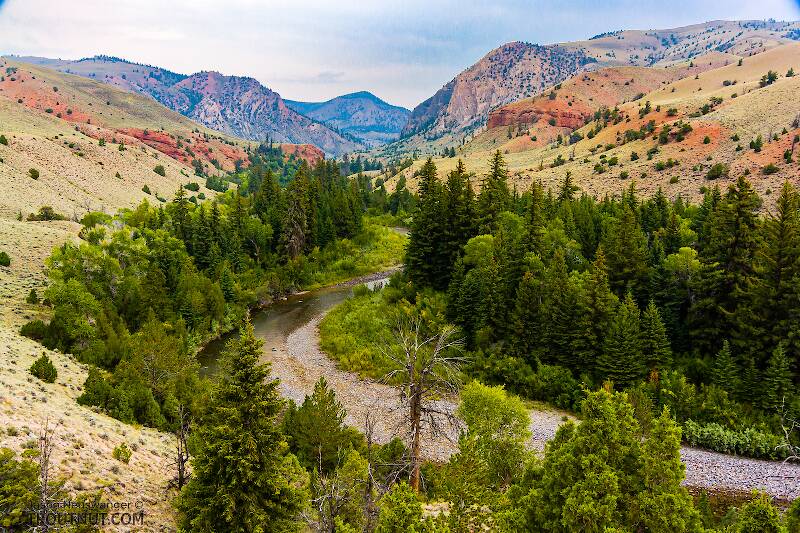
Blue-winged Olives
Baetis
Tiny Baetis mayflies are perhaps the most commonly encountered and imitated by anglers on all American trout streams due to their great abundance, widespread distribution, and trout-friendly emergence habits.


Stonefly Species Sweltsa lateralis (Sallflies)
Species Range
Physical description
Most physical descriptions on Troutnut are direct or slightly edited quotes from the original scientific sources describing or updating the species, although there may be errors in copying them to this website. Such descriptions aren't always definitive, because species often turn out to be more variable than the original describers observed. In some cases, only a single specimen was described! However, they are useful starting points.
Description from GBIFthe Global Biodiversity Information Facility
Source: Larvae Of Eight Eastern North American Sweltsa (Plecoptera: Chloroperlidae)
Mature larva. Body length 7.0 - 8.0 mm. General color pale brown without distinctive pigment pattern except underlying adult pattern in pharate individuals. Head with a slightly paler area forward of median ocellus and pronotum with slightly darker submarginal grooves. Pronotum bearing ca. 15 anterolateral setae and ca. 15 posterolateral setae near margin (Fig. 6); setal length variable but longest occur on posterolateral angles. Mesonotum bearing prominent setae scattered along outer margins from base to apex, and a few inner marginal setae are present above notch (Fig. 7). Metanotum with several thin intercalary setae on wingpad and outer and inner margins scattered around wingpad; apex of wingpad with long and interspersed short setae. Fore femora without fringe setae, tibiae sparsely fringed on outer margin (Fig. 8). Thick setae present along much of dorsal and ventral margins of femora and scattered on surface; tibiae bearing long thin setae interspersed within fringe setae on outer margin. Posterior abdominal fringe on tergum 8 with very thin setae between innermost long setae (Fig. 9); intercalary setae clustered in lateral group of ca. 10. Cerci with 15 - 16 segments (Fig. 10); each segmental whorl beyond segment 7 with 1 or 2 dorsal setae about two segments in length.
Start a Discussion of Sweltsa lateralis
Stonefly Species Sweltsa lateralis (Sallflies)
Species Range
Common Names
Resources
- NatureServe
- Integrated Taxonomic Information System
- Global Biodiversity Information Facility
- Described by Banks, N. (1911) Descriptions of New Species of North American Neuropteroid Insects. Transactions of the American Entomological Society 37, 335–360.

